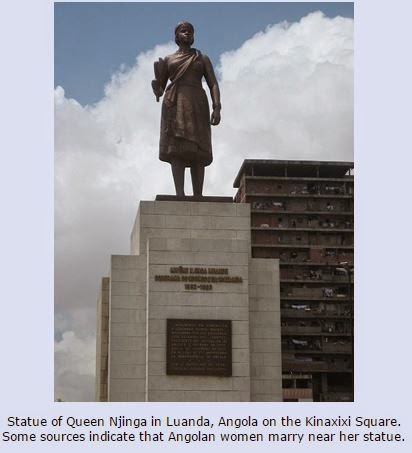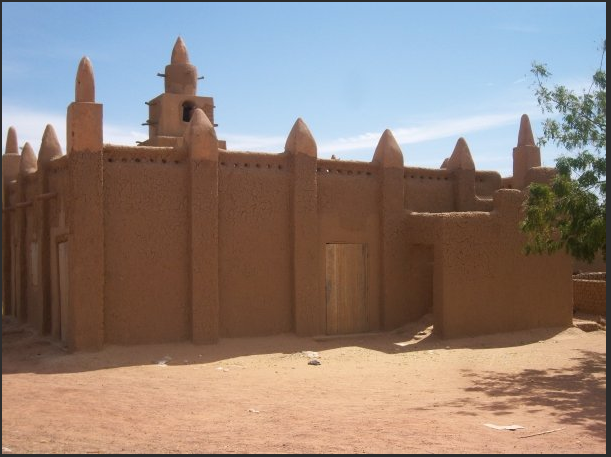 |
| Early photo of a black page with his Master |
"We do not know this slave’s actual name but the Japanese called him Yasuke (彌介), the reason for this name is unknown as it does not have a clear meaning and that it is most likely a “Japanization” of his actual name. He was apparently 6ft 2in and would have towered over the Japanese of the day. Nobunaga first heard of Yasuke when the news reached him in 1581 of the great crush that had occurred when Valignano had brought him to Kyoto where his skin colour and height attracted a huge crowd. Nobunaga ordered the Jesuit to bring Yasuke to his court so that he could see this sensation in the flesh. Upon seeing Yasuke Nobunaga allegedly ordered him stripped to the waist and scrubbed believing that his skin was painted. Japanese sources described Yasuke as “looking between the age of 24 or 25, black like an ox, healthy and good looking, and possessing the strength of 10 men."
"Nobunaga was further intrigued by the fact that Yasuke could speak Japanese (albeit not perfectly) and ordered Valignano to leave Yasuke in his care when the Jesuit prepared to leave again. Yasuke became a permanent fixture in Nobunaga’s retinue, his size and strength acting as a deterrent to assassination not to mention a flavour of exoticism to accompany the warlord’s other Western possessions. Apparently Nobunaga became so fond of Yasuke that rumours abounded that the slave was going to be made a Daimyo (a Japanese land-owning lord). These rumours were proven wrong, however, Yasuke was given the honour of being made a member of the samurai class, a rare honour among foreigners."
"However, a year after Yasuke’s arrival in Nobunaga’s court, disaster struck. In June 1582 Nobunaga was betrayed by one of his closest generals, Akechi Mitsuhide. Akechi’s betrayal is still the subject of debate but it is likely that he acted out of the fear that Nobunaga was going to give his (Akechi’s) lands to Mori Ranmaru, with whom Nobunaga was engaged in a ritual homosexual relationship (common among the samurai classes and part of a system of patronage). Nobunaga and his small retinue, including Yasuke, were besieged in Honno-Ji temple in Kyoto by Akechi’s army. Whilst the temple burned Nobunaga committed ritual suicide. Yasuke managed to fight his way out and fled to the nearby Azuchi castle with Nobunaga’s eldest son, Oda Nobutada. With Nobunaga out of the way Akechi attacked the castle and Yasuke is reported to have personally committed himself to the fighting. However, the defenders were soon overwhelmed. Yasuke survived the battle but, rather than commit suicide (the samurai tradition when facing defeat) he handed his sword to Akechi’s men (the Western tradition). Unsure of how to proceed the soldiers deferred to their lord. Akechi proved somewhat more bigoted than Nobunaga when he replied that Yasuke was merely a beast and not true samurai and, therefore, could not be expected to know the honour of seppuku (ritual suicide). Akechi handed Yasuke back to the Jesuits in Kyoto who were reportedly relieved to see him still in one piece."
 |
| Possible 19th century photo of Black fighter with his master |
"It is unknown what became of Yasuke thereafter but in the space of a year this slave from far away Africa had been elevated to the Japanese warrior class, an almost unique occurrence in history, and had been involved in an event that changed the course of Japanese history. Despite this we know almost nothing about him although in Japan he has not gone totally unnoticed, he became the subject of a children’s historical fiction called Kuro-suke (くろ助)."
This story is extremely remarkable as African American's in Japanese history are mostly non-existent. So much so, that there is no name for this slave except the given name Yasuke which apparently has no other definition than the name the Lord Nobunaga gave his men tee. As the story explains, Japanese for the most part, do not bestow honors to foreigners. And for a brief moment in time, Yasuke was quite the talk of the town. But the most interesting part of this story is that his survival means there may have been heirs to his story. A living testament of his survival. After all, every black American has to thank a most courageous and persevering slave for not jumping ship and into shark infested waters.
Works Cited:
http://www.thatswhatsgoodmedia.com/yasuke-African-samurai/
http://www.tbs.co.jp/f-hakken/bknm/20130608/p_1.html
http://thedailybeagle.net/2013/03/07/yasuke-the-african-samurai/
http://knowledgenuts.com/2014/06/09/the-only-black-samurai-in-feudal-japan/







